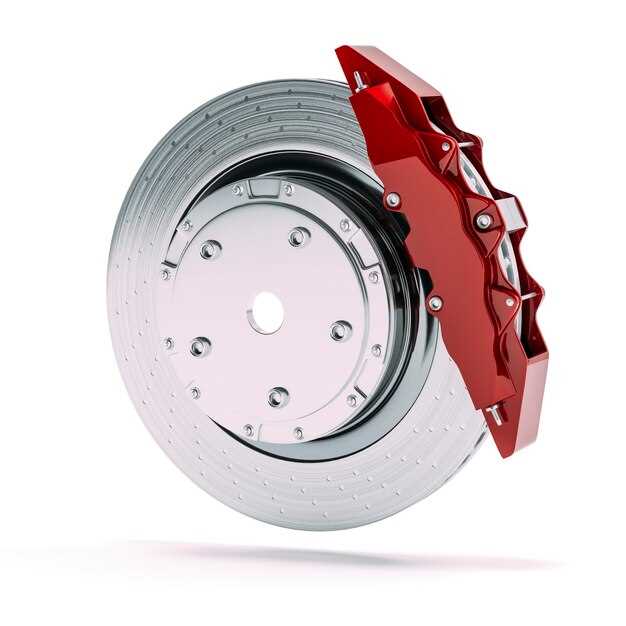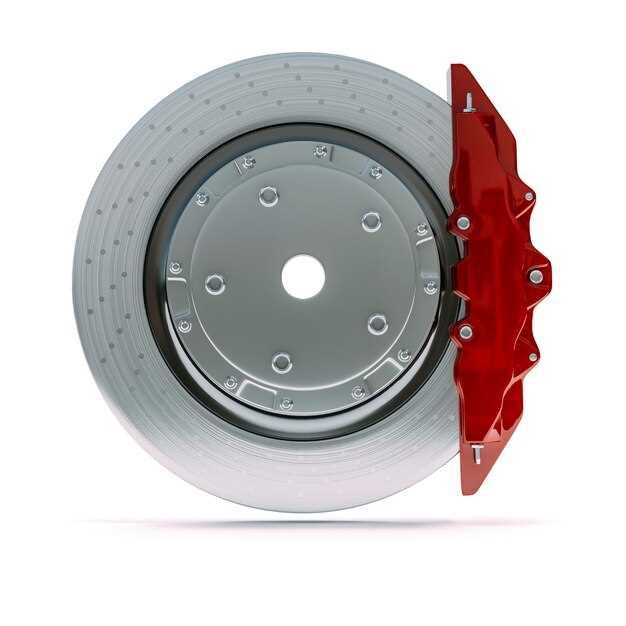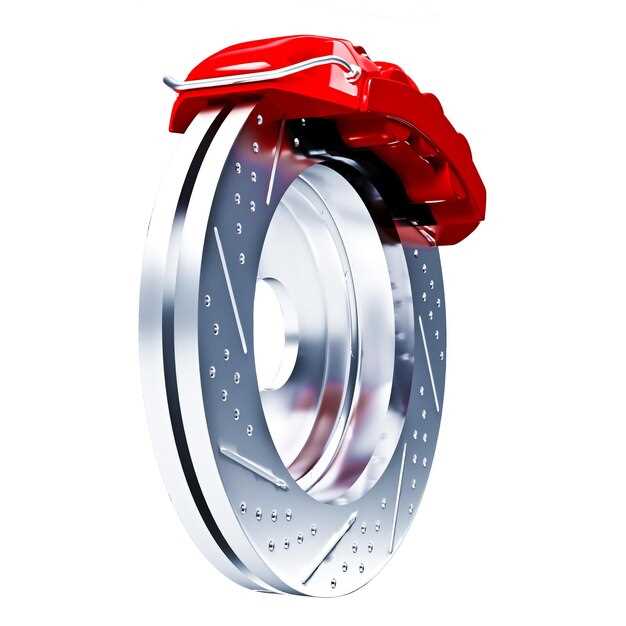
The difference between disc and drum brakes
- Dominique Kaye
- 0
- Posted on

When it comes to the functionality of an auto, the type of brake system employed plays a crucial role in ensuring safety and performance. Two of the most common types of brake systems are disc and drum brakes, each with its unique mechanisms and advantages. Understanding the key differences between these two systems is essential for vehicle owners and enthusiasts alike.
Disc brakes consist of a flat, circular component that spins with the wheel, while the drum brake system operates using a cylindrical drum that houses the brake components. The way in which each system generates friction and stops the vehicle varies significantly, impacting factors such as heat dissipation, maintenance requirements, and overall braking efficiency. As we delve deeper into the distinctions between disc and drum brakes, we will explore their respective benefits and drawbacks, helping you make informed decisions about your auto‘s braking performance.
In this article, we will break down the mechanics of each brake type, highlight their performance characteristics, and discuss common applications in modern vehicles. Whether you are upgrading your current brake system or simply seeking knowledge about automotive technologies, our comprehensive examination will shed light on what sets disc and drum brakes apart.
Understanding the Basic Mechanisms of Disc and Drum Brakes
Disc and drum brakes are vital components of an auto’s braking system, each operating on distinct mechanisms. Disc brakes consist of a flat, circular disc attached to the wheel. When the driver presses the brake pedal, hydraulic force activates the caliper, which houses the brake pads. These pads clamp down onto the disc, generating friction that slows down the vehicle.
Conversely, drum brakes use a cylindrical drum that rotates with the wheel. Inside the drum, brake shoes are positioned against its inner surface. When the brakes are applied, hydraulic pressure pushes the shoes outward, pressing them against the drum. This contact creates friction and brings the auto to a halt.
The primary difference in braking performance lies in heat dissipation. Disc brakes tend to perform better under heavy braking conditions as they dissipate heat more effectively, reducing the risk of brake fade. Drum brakes, while efficient for everyday situations, can overheat and lose effectiveness during intense use.
In summary, both brake parts serve the same ultimate purpose–slowing down or stopping a vehicle–but they accomplish this through different mechanisms, each with its unique advantages. Understanding these differences is crucial for optimal maintenance and performance of an auto’s braking system.
Comparative Performance in Different Driving Conditions

When evaluating brake systems, it is essential to consider how disc and drum brakes perform under various driving conditions. Each type has its own set of advantages and disadvantages that can influence overall effectiveness.
In wet weather, disc brakes generally demonstrate superior performance. Their open design allows for quick water drainage, reducing the risk of brake fade due to moisture. This characteristic ensures that the braking parts remain effective, providing reliable stopping power when it is most needed. On the other hand, drum brakes can struggle in such conditions, as water can accumulate and hinder their efficiency. This may lead to less responsive braking capabilities during rain or snow.
Under extreme heat, disc brakes tend to perform better because they dissipate heat more effectively. This is crucial during prolonged braking situations, such as downhill driving or racing applications, where brake parts can overheat. Excessive heat can cause drum brakes to experience brake fade more quickly due to their enclosed design, which traps heat and reduces their stopping power.
In terms of day-to-day driving, drum brakes can offer advantages in specific situations. They typically provide sufficient performance for city driving, where frequent stop-and-go traffic is a common factor. In these conditions, their self-energizing characteristics can enhance braking efficiency. However, this can be less effective at high speeds, where disc brakes shine due to their stability and consistent performance over long distances.
Ultimately, the choice between disc and drum brakes in different driving conditions depends on the specific requirements of the vehicle and the driving environment. Understanding these performance aspects will guide users in selecting the appropriate brake types for their needs.
Maintenance Tips for Disc and Drum Brake Systems

Regular maintenance of brake systems is crucial to ensure safety and performance in your auto. Both disc and drum brake types require specific care to function optimally.
For disc brakes, inspect the brake pads regularly for wear. The friction material should not be less than the recommended thickness, as worn pads can lead to decreased performance. Additionally, check the rotors for any signs of warping or scoring, which can affect braking efficiency. If you notice any irregularities, consider resurfacing or replacing the rotors.
Ensure that the calipers and brake lines are free from leaks and corrosion. Lubricate the caliper slides using appropriate brake grease to allow smooth movement. Keep the surface of the rotor clean from dust and debris, as contaminants can compromise braking performance.
In contrast, drum brakes require attention to different parts. Start by inspecting the brake shoes for wear. The lining should be sufficiently thick; otherwise, it may fail to provide proper friction. Also, check the drums for cracks or excessive wear; machining may be necessary to restore their surface if they are out of specification.
Adjust the brake shoe clearance properly to ensure that they engage correctly with the drum. Regularly clean the drum’s interior to remove dust and debris that can accumulate over time. Inspect the springs and hardware for any signs of wear or damage, as they are vital for the proper functioning of the drum brake system.
Lastly, consider flushing the brake fluid periodically. Contaminated brake fluid can lead to decreased braking effectiveness over time, affecting both types of systems. Always refer to your vehicle’s manual for specific maintenance intervals and recommendations tailored to your auto.
